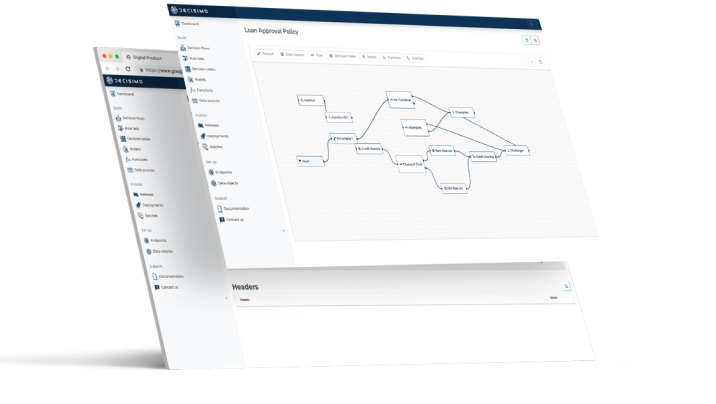Introduction to decision tables - Decisimo - Decision Intelligence Services
Published on: 2024-08-10 18:36:09
Decision tables are a useful representation of decision trees, simplifying their complexity and making them easier to understand.
A decision table is a matrix that defines the conditions under which a certain decision should be made. The table is divided into two parts, the condition part, and the decision part. The condition part is a list of all the conditions that must be met in order for the decision to be made. The decision part is a list of all the possible decisions that can be made, and the conditions under which each decision should be made.
If you consider the decision tree analogy, then conditions are the way that a decision tree branches. Decisions are the resulting labels for the leaves or the ends of the branches.
How to design a decision table
How to properly define a decision table can be a matter of opinion, but there are some general guidelines that can be followed.
- Make sure all the conditions are mutually exclusive and collectively exhaustive. This means that all the possible combinations of conditions should be covered by the table and that no two conditions should be able to be true at the same time.
- Make sure the decisions are mutually exclusive. This means that only one decision can be made for each set of conditions.
- Make sure the decisions are collectively exhaustive. This means that all the possible combinations of decisions should be covered by the table.
- Make sure the decisions are consistent. This means that the same decision should be made for any given set of conditions, no matter how the conditions are listed in the table.
- Make sure the conditions are listed in the order of precedence. This means that the conditions should be listed in the order in which they will be evaluated.
Applying these guidelines will result in a well-defined decision table. However, there are some cases where it is not possible to follow all the guidelines and still have a valid decision table. In these cases, it is up to the designer to determine which guidelines are more important and which can be violated.
Why a catch-all row is crucial
Sometimes it may be necessary to have a catch-all row in a decision table. This catch-all row should be listed first in the table and should have a decision that is appropriate for all the possible combinations of conditions that are not covered by the other rows.
How to test a decision table
Testing of a decision table can be done by exhaustively testing all the possible combinations of conditions and decisions.
This can be a very time-consuming process, so it is often helpful to generate test cases using synthetic data generators to save time and effort.
What is the difference between a rule set and a decision table
Rule sets are a collection of if-then-else conditions whereas decision tables are a matrix that defines the conditions under which a certain decision should be made.
If you need to make a decision based on a complex set of conditions, then rule sets are a better choice. If you need to make a decision based on a simple set of conditions, then decision tables are a better choice.
What are the use cases for decision tables
- Business Process Automation: Decision tables can automate business processes by assigning tasks based on specific conditions, evaluating loan applications, and determining discounts or promotions.
- Risk Management: Decision tables can help evaluate and manage risks by examining the potential outcomes of different actions and identifying the most favorable course of action.
- Software Development: Decision tables can be used to represent business logic, ensuring that different scenarios are handled correctly.
- Healthcare: Decision tables can assist in making treatment decisions based on patient data, such as medical history and current symptoms.
- Telecommunications: Decision tables can help determine the most appropriate action to take based on network conditions and customer requirements.
- Supply Chain Management: Decision tables can optimize supply chain operations by examining different scenarios and determining the most cost-effective and efficient course of action.
- Pricing: Decision tables can represent complex pricing models that involve different product options and features, simplifying the process for customers to choose the product that best meets their needs.
- Customer Service Call Center: Decision tables can segment customers and prioritize them based on their customer profile, value, and the urgency of their problem. This helps call center agents to handle calls more efficiently and effectively, ultimately providing better customer service.


